By Su Jingxin from CNS
Matsuoka Eiji is an honorary professor at the Tokyo Gakugei University in Japan and a visiting professor at several universities in China. He is also President of the Japanese-Chinese Translation and Cultural Education Association, director general of the Japanese-Sino Youth International Exchanges Association and a consultant at the Shanghai Jiao Tong University. He is the chief editor of several Chinese-Japanese dictionaries and the author of On the Streets of Beijing, Japanese Kanji vs. Chinese Characters and other books on Chinese characters. His translations include sociolinguist Chen Yuan’s Language and Social Life, Wang Yao’s Studies of Chinese Ancient Literature History and the Grand Dictionary of Chinese Medicine-Medical History Literature. In 2015, he translated the complete Shi Jing, the oldest collection of Chinese poetry, and in 2017 the Anthology of Song Ci as part of the Library of Chinese Classics project.
Sino-Japanese cultural exchanges have a long history, spanning a wide range of areas. Throughout history, Japan sent envoys to China to learn about Chinese culture. During the recent COVID-19 pandemic, when Japan sent assistance materials to China, in a moving gesture, the packages were printed with ancient Chinese verses expressing solidarity and the close bond between the two nations.
Matsuoka Eiji talks about the role of translation in intercultural communication. Japanese and Chinese literature have always influenced each other, with excellent literary and academic translations making important contributions to the Sino-Japanese cultural exchange.
CNS: You translated Shi Jing and Anthology of Song Ci into Japanese and you also participated in the Library of Chinese Classics project, which introduces readers to many Chinese classics, providing a translation along with the original Chinese text. In the past, other Japanese scholars attempted to translate Shi Jing and some of them followed kun’yomi (the Japanese pronunciation) while others used on’yomi (Chinese-based pronunciation). Why did you choose to translate Shi Jing in modern Japanese?
Matsuoka Eiji: When I was translating Shi Jing, the readers were my first consideration, particularly those in the future. When our children and grandchildren read Shi Jing, what kind of translation will they read? For example, Guofeng (literally meaning Airs of the States, this is the first part of Shi Jing comprising 160 “airs” from different states) consists of folk songs collected from all parts of China at the time. One of them, Zhengfeng-Qinwei, is about a young man and woman expressing intense romantic emotions. It is difficult to convey the emotion accurately if it is translated rigidly based on on’yomi. Therefore, I chose to translate it in modern Japanese. It is also important to consider the importance of style while translating. The poems in the Ya (Court Hymns) and Song (Eulogies) sections of Shi Jing are solemn ritual songs that were sung in the court, different from the folk songs in Guofeng. When translating Guofeng, I used softer and emotional Japanese phrases and more hiragana (Japanese phonetic lettering system.) When translating Ya and Song, on the other hand, I used more Chinese characters and Chinese words to convey a sense of solemnity.
CNS: Both Shi Jing and Song Ci are poetry, and rhyme is a key component of that. How similar or different are the rhyme schemes and meters in Chinese and Japanese poetry? How did you handle the differences?
Matsuoka Eiji: Japanese verses are mainly written in the “five/seven syllable” format, that is, a line is composed of five characters followed by another with seven characters. Two Chinese verse forms, jueju and lüshi, are also composed of five-character lines and seven-character lines respectively. So I think the poetic meters in the two countries are similar. However, Japanese has fewer vowels and consonants, so its tone tends to be monotonous. In addition, Japanese tones are different from Chinese tones. As Japanese is a monosyllabic language, the rhythm of Japanese poetry usually lacks variety.
If I translate Chinese poetry into classical Japanese, the rhythm problem may be easier to deal with, but the meaning would be hard to comprehend. Translation into modern Japanese, on the other hand, is easy to understand, but it cannot handle rhythm properly. However, I still want to maintain a sense of rhythm in my modern Japanese translation. When working on the translation, I invited several young teachers and students to read my translated poems and we had many discussions about their rhythm. My translation of the Anthology of Song Ci also employs the melody of Japanese ballad songs from the 1960s to the 1990s, which may strike a chord in older readers.
CNS: Chinese and Japanese cultures are similar in some ways but different in others. You must have encountered some Chinese concepts that have no equivalent in Japanese. How did you address them?
Matsuoka Eiji: It’s difficult to explain it simply. Even in China, there are many concepts that have changed over time. Shi Jing has a detailed classification of different types of horses according to their color, mane, etc. Unfortunately, I could not present those types completely. When translating Anthology of Song Ci, I basically focused on how to accurately convey to Japanese readers the emotions in the original text, which may be demonstrated through an object or a scenery. For example, the concept of hanchan (cicadas chirping in the cold) in (Song Dynasty poet) Liu Yong’s Yu Lin Ling (Bells in the Rain). It would be difficult to convey the atmosphere of the cicadas’ song in a literal translation. So I used an onomatopoeic Japanese word with the Japanese word for cicadas to make it easier for Japanese readers to sense the loneliness in late summer. There is a line—“On miles and miles of misty waves where sail the ships,” where I tried to combine the scenery with the author’s emotions—“the tears induced by parting”—so that the reader would understand that when these two elements overlapped, the author could only see “misty waves” (because of his tears).
CNS: We know that Tang Dynasty poet Bai Juyi is very popular in Japan, and the Japanese classic The Tale of Genji was inspired by his work. How did Bai Juyi become so popular? How do different cultures’ mutual influence impact their literary creations?
Matsuoka Eiji: Japan’s environment and climate are similar to southern China’s. Japanese botanist Sasuke Nakao describes this similarity in customs, cultures and the ways of thinking as “laurel forest culture” (since the cultures in the regions where the evergreen laurel forests grow are generally similar). Perhaps it is because of the similarity of the climate and terrain that the readers can more easily empathize with the poets’ thoughts. Indeed, poets like Tao Yuanming, Li Bai and Su Shi, who grew up or spent their childhood in southern China, have always been popular with Japanese readers.
It is true that the literature of Japan and China has influenced each other. For over a thousand years, Japan has been studying Chinese culture. The words of the first part of Nihon Shoki, the oldest extant book of classical Japanese history, were taken almost verbatim from the Huainanzi, an ancient Han Dynasty text. The earliest collection of poetry in Japan, Man’y ̄osh u, was also influenced by China’s Shi Jing. During the late Qing Dynasty, the number of Chinese studying in Japan increased, and in return a large number of Japanese literary works were introduced in China at that time. Lu Xun, Yu Dafu, Guo Moruo and other well-known figures were also inspired by modern Japanese literature and created many literary works with novel ideas and styles.
CNS: What role can literature play in promoting exchanges between the two countries?
Matsuoka Eiji: Many Japanese aphorisms and proverbs originated from Chinese classics. Works by Lu Xun, such as Hometown and Mr. Fujino, are often included in junior and senior high school textbooks in Japan. These were translated into Japanese and read by many Japanese, forming a foundation for Japanese readers to know more about China and grow fond of China. It demonstrates the importance of translation, and the important role excellent literary and academic translations play in promoting Sino-Japanese exchanges. The Japanese-Chinese Translation and Cultural Education Association aims to do the same—promote exchanges between Japan and China by cultivating excellent translators.









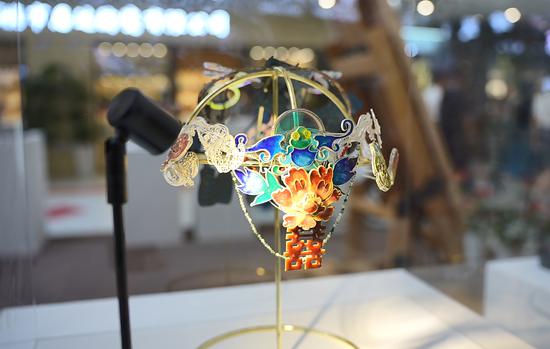
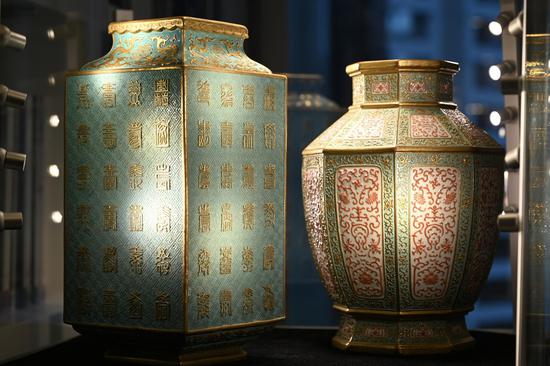



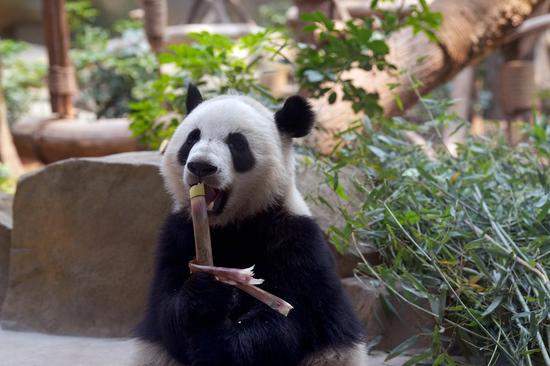
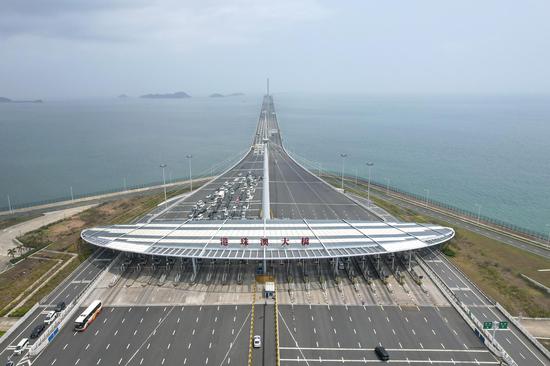

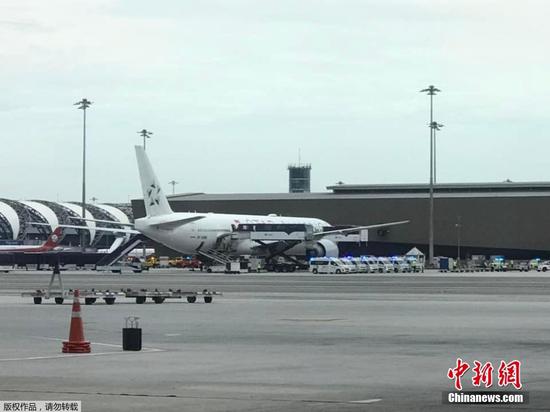

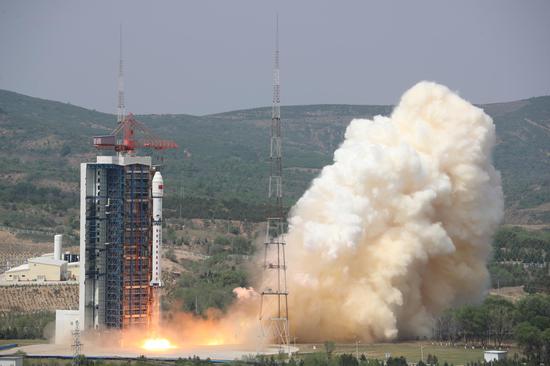


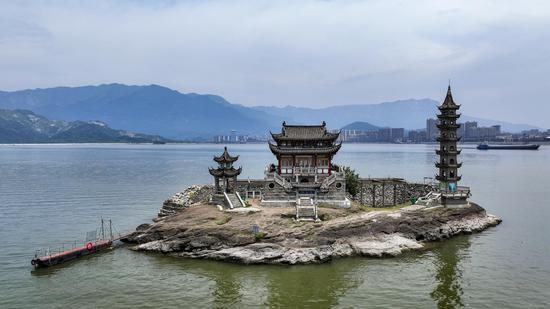
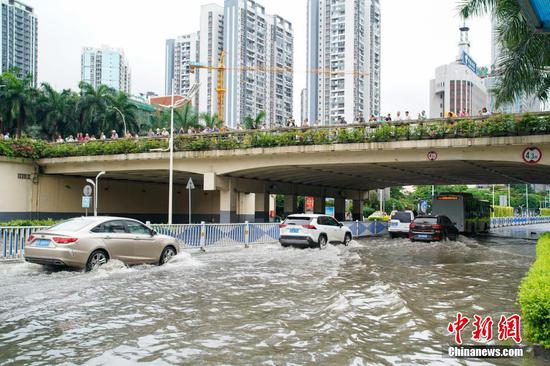
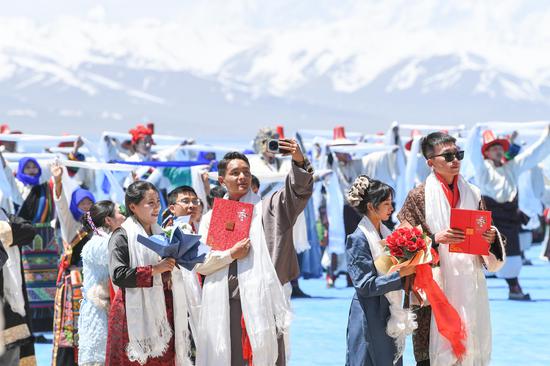

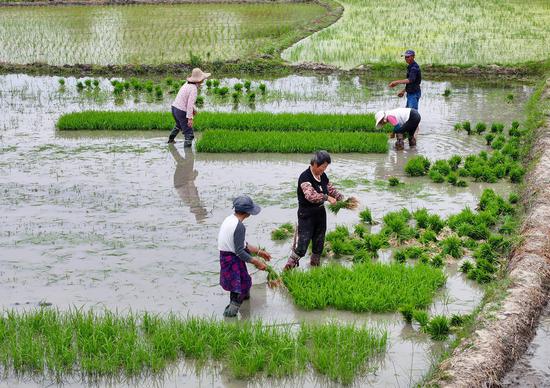

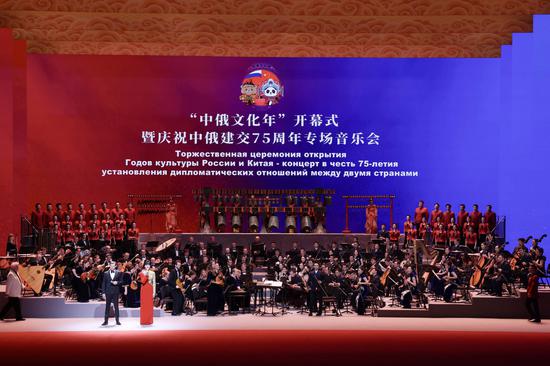


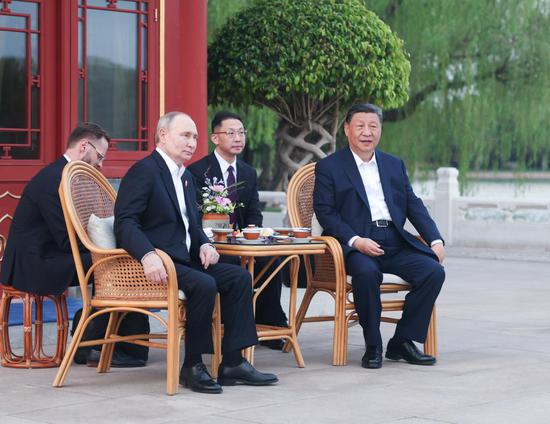
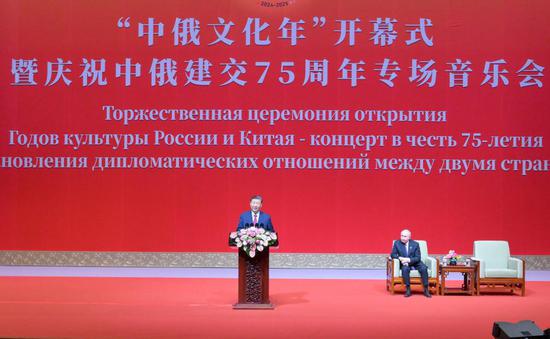
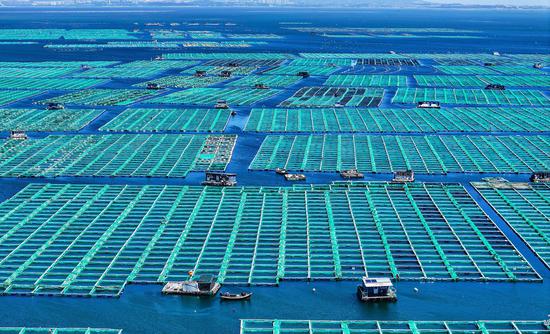
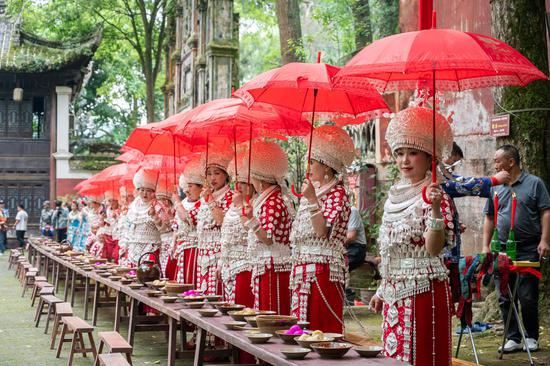









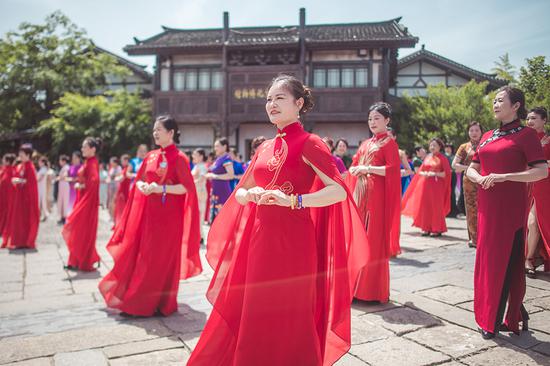

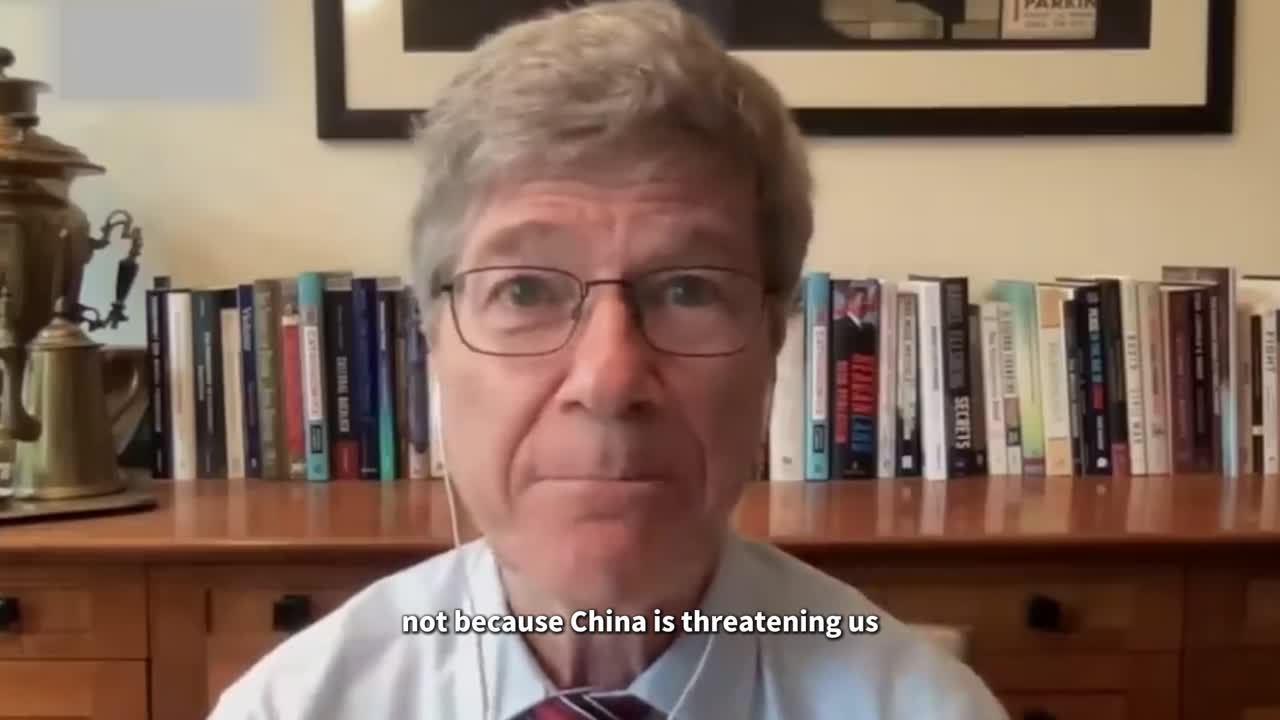

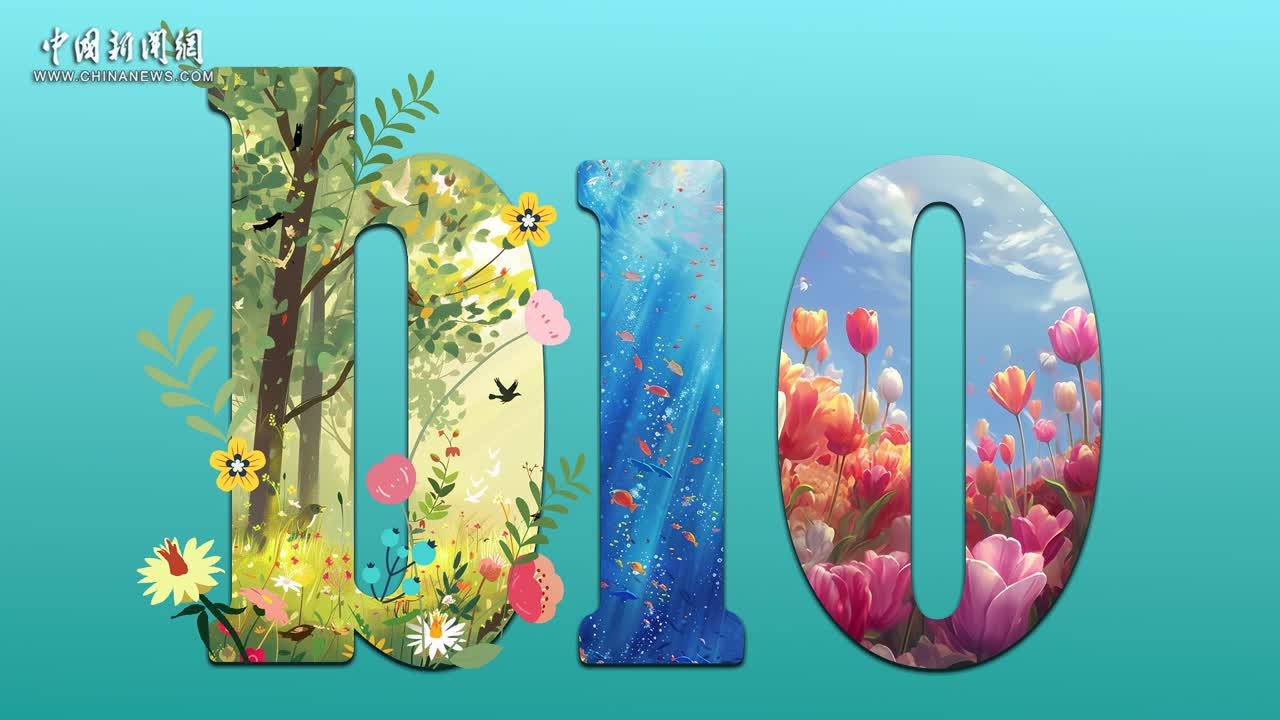

 京公网安备 11010202009201号
京公网安备 11010202009201号